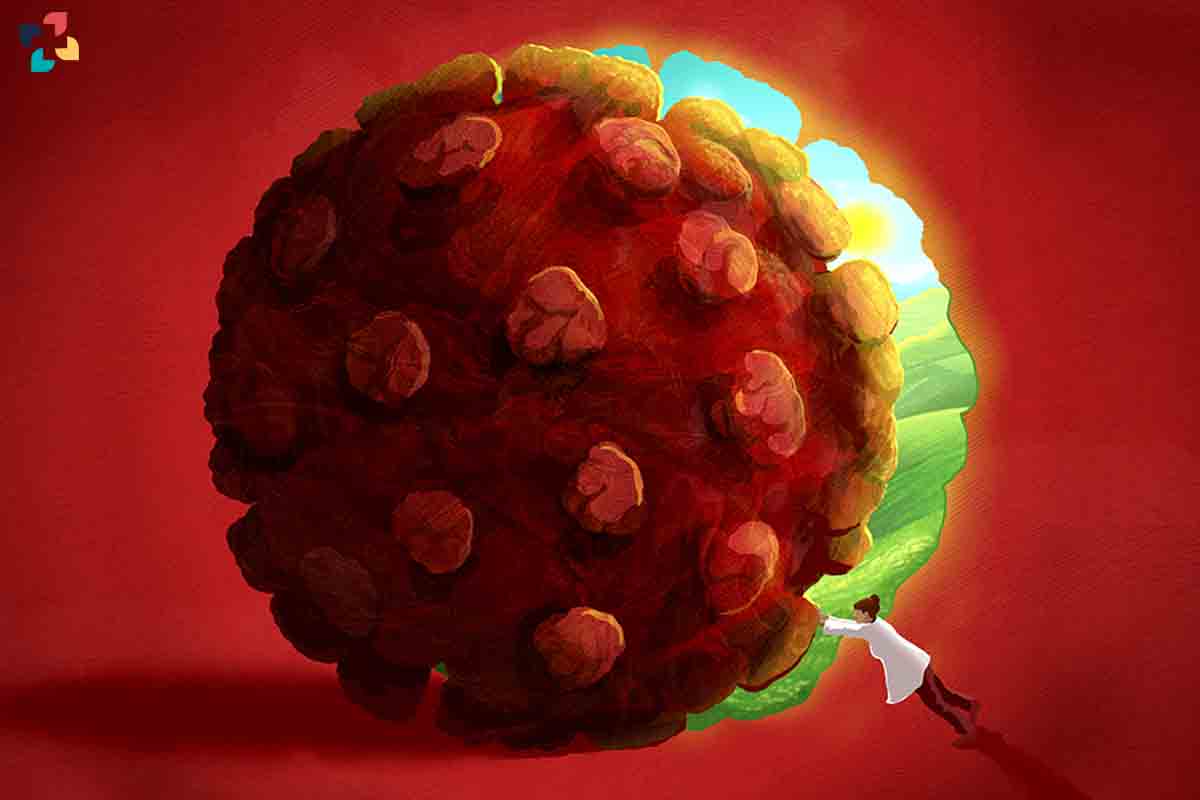Will There Be a Next Pandemic? making it hard to know when the next one will strike. Pandemics often start when a virus jumps from an animal host to a human host that has never been exposed to that infection before. This may happen everywhere in the globe where animals and people coexist.
When a pathogen emerges in the human population, it can have one of three possible outcomes: it can infect a single person, as with rabies, it can spread to a larger population, as with the Ebola virus disease in the Democratic Republic of the Congo in 2018 and 2020, or Will There Be a Next Pandemic that has the potential to become endemic, as with HIV.
Several smaller-scale influenza pandemics have occurred since the massive pandemic in 1918, which serves as a primary historical point of reference Will There Be a Next Pandemic? HIV has been labeled by some scientists as an endemic epidemic.
When many predisposing conditions coincide, an infectious disease epidemic is more likely to develop. Flooding induced by an El Nio weather phenomenon in 1998 pushed people and animals to dwell closer together in Kenya, Somalia, Sudan, and Tanzania. As a result, there was a greater potential for disease to spread across species. The Rift Valley Fever virus is widespread among ruminant animals in the area, but vaccinations were unavailable, thus the cattle did not get protection.
The fast growth of the mosquito population may be directly attributed to the increased availability of breeding places made possible by the floods. The mosquito is a vector for the Rift Valley Fever virus, which means it may spread from human to human and from person to person.
This allowed the virus to arise in human communities, where it spread from person to person. The confluence of these danger signs led to a catastrophic Rift Valley Fever epidemic among the local populace.
Here are 3 best reasons that describe Will There Be a Next Pandemic? ;
1. What role does climate change play in the next pandemic?
Climate change’s primary drivers also contribute to an already high pandemic threat Will There Be a Next Pandemic? Increasing human interaction with wildlife is a result of deforestation, urbanization, and the massive livestock husbandry needed to support a burgeoning meat-production business. As a result, there is a greater chance that diseases may “jump” from animals to humans.

Does almost everyone agree that Will There Be a Next Pandemic and that the same human actions that contribute to global warming also increase the likelihood of another epidemic?
Human health can only be safeguarded and guaranteed if the surrounding environment and animal populations are kept in good condition.
That’s why it’s crucial to have a “one health” strategy for preventing and responding to potential pandemics, which involves coordinating efforts across the animal, human, and environmental health spheres.
Ecology and animal health are also important factors that should be taken into account while planning for Will There Be a Next Pandemic
Protecting and guaranteeing human health requires first and foremost preserving a wholesome environment and population of animals.
2. How do we monitor for the next outbreak?
The primary responsibility of all nations is to improve their ability to detect and react to epidemics wherever they may occur. Pathogen genetic sequencing and data exchange in international sequence databases fall under this category.

The greatest potential health security for humanity requires industrialized nations to aid low- and middle-income countries in improving their public health infrastructure. The COVID-19 pandemic showed inadequacies in laboratory capability. The World Health Organization (WHO) and its allies are making a substantial effort to improve this capability, which is crucial for preventing the spread of future infections.
3. How do we prepare for the next pandemic?
Will There Be a Next Pandemic hinge on the efficacy of national mechanisms for identifying and reacting to outbreaks? However, governments need to work together better to ensure that the necessary planning and response resources are distributed fairly.
With respect to the COVID-19 pandemic, affluent countries prioritized their own populations above a more fair global response, which may have prolonged and exacerbated the epidemic’s impacts. The necessary tests, immunizations, and treatments were not always easily accessible to certain underdeveloped countries.

Early in the COVID-19 pandemic, WHO and partner organizations established the ACT-A (Access to COVID Tools Accelerator). Will There Be a Next Pandemic? The goal was to assist nations in making more effective use of COVID diagnostics, treatments, and vaccines by distributing them more evenly.
COVAX is a component of the ACT-A that was established to guarantee that all countries, regardless of their economic status, have equal access to vaccinations at affordable prices.
Unfortunately, Will There Be a Next Pandemic?, by the time the ACT-A was formed, several nations, notably the United Kingdom and the United States, had already pre-purchased billions of dollars worth of vaccines at high risk, betting that doing so would speed up the process of developing, licensing, and manufacturing vaccines.
It may be argued that the ACT-A mechanism’s goal of establishing an equal marketplace for all nations would have been better realized if it had existed before these pre-purchases took place.











